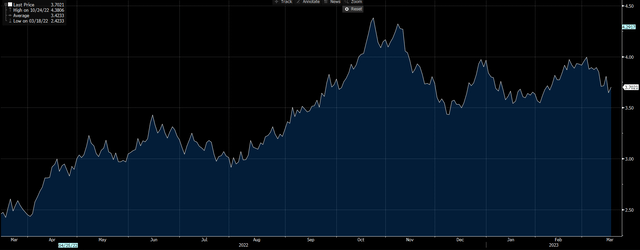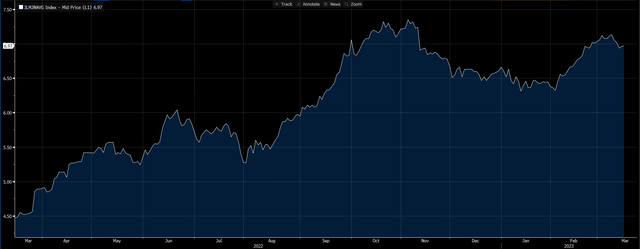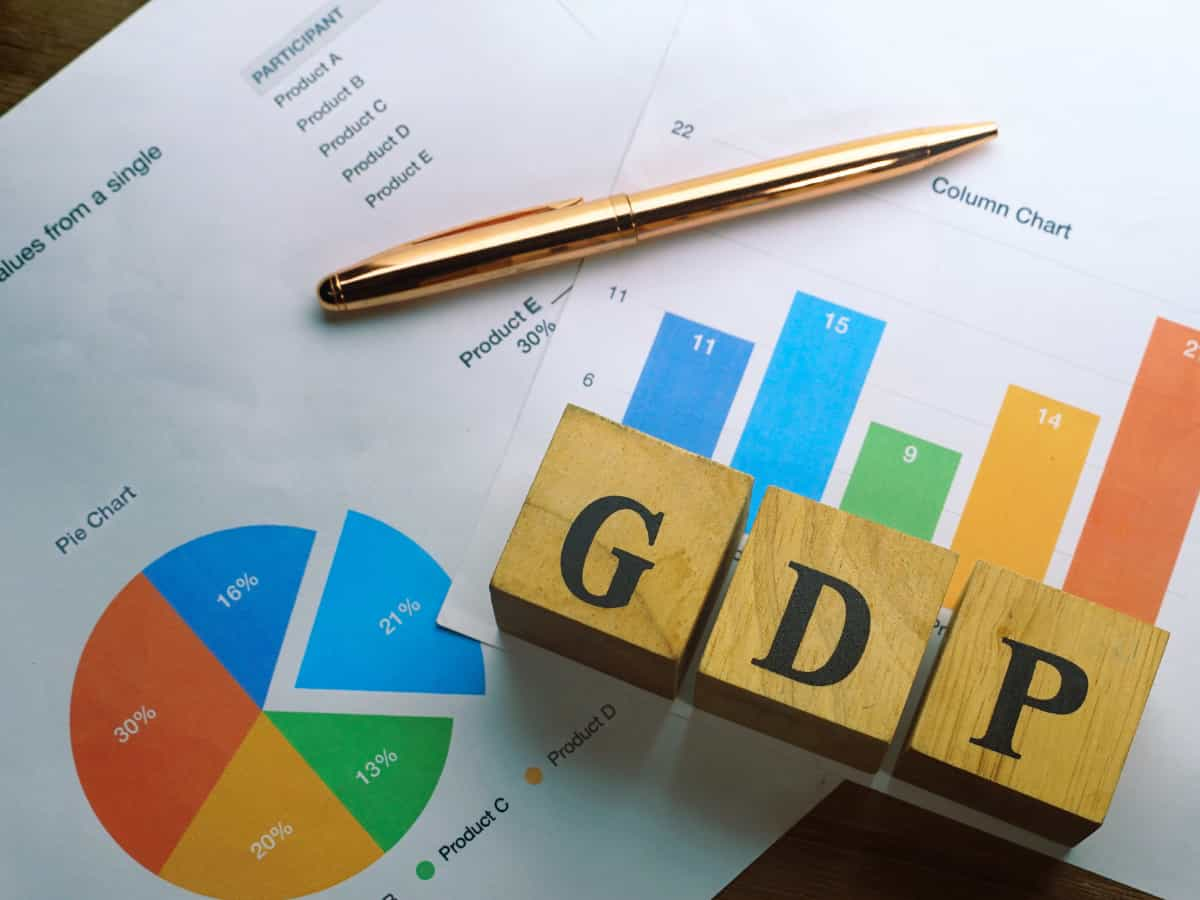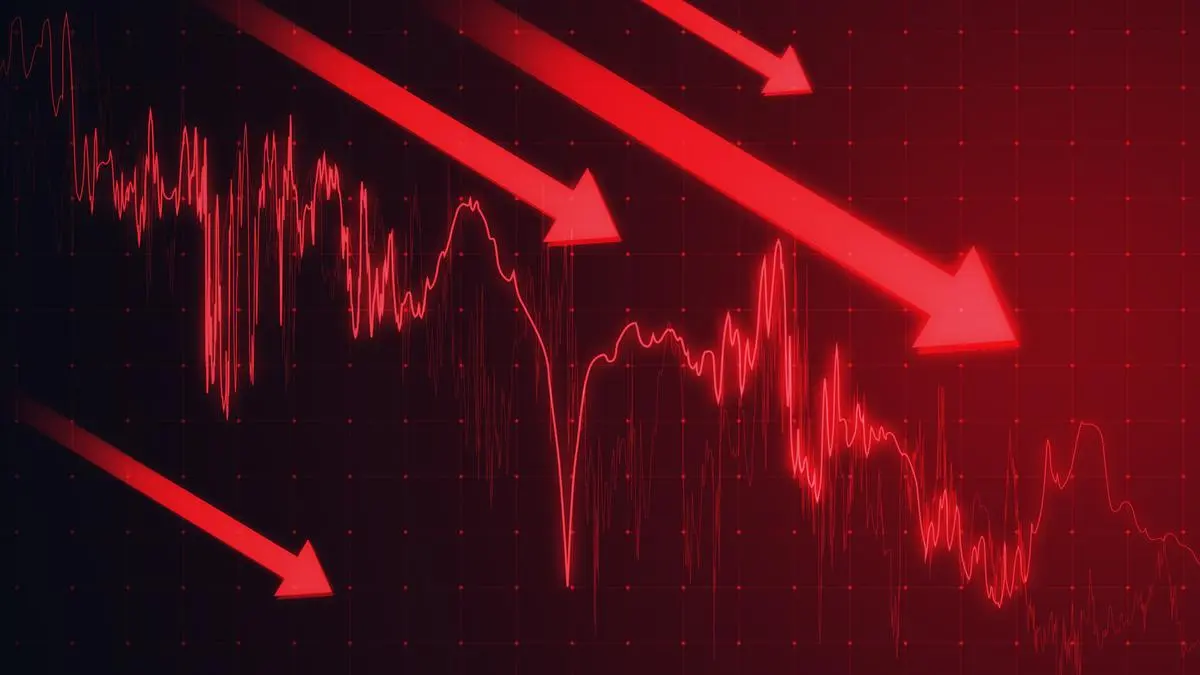BrianAJackson
Slowing Economic Data:
It has been while since I published a macro piece, too long. I have not abandoned analyzing the overall economy and forming macro views. There just has been so much happening on the individual stock front. The recent turmoil in the banking sector has unleashed even more activity in the individual stock space and created even more tension on the macro front.
I loved macroeconomics in school and was fortunate enough to study under the brilliant Lester Thurow. One of the most compelling things I learned from Lester was the difference between lagging and leading indicators. You have to know what reflects what already happened in the economy versus what’s coming up. Employment is a lagging indicator of economic activity, and the employment reports have been strong.
This morning initial unemployment claims ticked down to 192K and continuing claims were lower than expected. As always, one has to take these numbers with more than a grain of salt as they have seasonal adjustments among other massaging. In my opinion, this data reflects businesses that could not find workers are suddenly finding them.
I can’t help but wonder however, what these numbers will look like as the much tighter financial policy continues taking hold and some of the massive layoffs that have been announced at places like Meta Platforms (META) continue to filter through the economy.
Meanwhile, key measures of economic activity like Empire Manufacturing (which was down a horrendous 24.6 vs expected down 7.9 yesterday) and Philadelphia Fed Business Outlook (which was down 23.2 vs expected down 15 today) are ugly and getting uglier.
New orders in the Philly outlook were decimated to -28.2. Except for the immediate Covid days, that’s the worst data since the Global Financial Crisis.
Meanwhile, housing remains in the doldrums. Housing starts announced today were firmer than expected, but all of the growth was in 5+ unit multi-family. Single family housing starts remain at the annual lows at 830k. That’s down -32% year over year and nowhere near new household creation. I do not find this particularly surprising given how much mortgage rates have spiked from a combination of higher base interest rates and higher mortgage spreads. Higher financing costs just crush affordability unless home prices come down sharply…but no one likes seeing that.
In my opinion, it’s virtually impossible for the economy to really roar (or in this case avoid slowing down materially) when housing is depressed. Housing is just such a lynchpin of the economy, from the wealth effect to the chain reaction of economic activity that goes into housing: employment (construction etc), material suppliers (lumber, hardware, soft goods), financial (mortgages, title, insurance etc). Housing touches so many huge parts of the economy that when it sneezes, lots of parts of the economy are bedridden.
This housing factor, along with the large layoffs at tech companies and now in the financial sector, makes it virtually impossible for me to see how we avoid an economic slowdown. I imagine the Fed sees it too, but they have a dilemma: employment is still strong and inflation has not slowed down enough, 6% CPI (5.5% ex food and energy_ and 4.6% PPI (4.4% ex food and energy reported) this week, that they can legitimately declare the inflation is slayed.
The failure of SVB Financial (SIVB) “SVB Financial: Blew Up Even Faster than I Expected” and the chain reaction of chaos that created in the regional bank space doesn’t make the Fed’s job any easier. At the very least, SIVB was such a lynchpin of the tech start up world, it’s failure will likely reverberate through early-stage companies, which are big new employment drivers.
Moreover, regional banks issue a lot of home mortgages and small business loans. If those banks are worried about the stability of their deposit base, it strikes me as natural they would pull back on loans of all sorts (understand of course that they don’t warehouse many of the mortgages very long). These tighter financial conditions imposed by the banks add to the tighter financial conditions already imposed by higher interest rates. Those interest rates have come down sharply this week as one can see below. But they are still significantly higher than this time last year.
30 year US Treasury Yields (Bloomberg)
One can see in the below chart of 30-year mortgage rates that banks are not charging much less for mortgages even though the base interest rate dropped .50% this week.
30 yr Mortgage Rates (Bloomberg)
Unless we see this mortgage rates come down, I don’t see how housing can really recover and without that, I don’t see how the economy doesn’t slow down materially as the New York and Philly economic data showed this week.
Conclusion:
The Fed’s dual mandate of maximum employment with steady inflation (2% target) often forces its hand even when its actions are based on lagging indicators like employment. There is a crisis happening right now in the regional banking world. I would be shocked if that did not negatively impact employment and overall economic activity. Inflation is coming down and should keep coming down if the economic data continues to reveal deteriorating activity. The Fed might raise interest rates next week. If they do, I think it will add to the pressure on economic activity, which might be exactly what they want to slow inflation. If they don’t raise rates, the equity markets might take that as a positive sign and skyrocket. I would view it as the Fed is so scared of the negative effects of the carnage in the regional banks that they suddenly worry about a potentially crashing economy. I wish Professor Thurow were still around to discuss this matter.







































